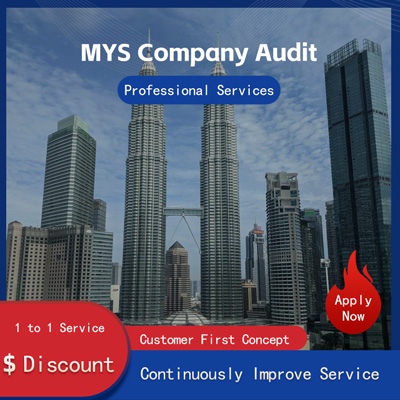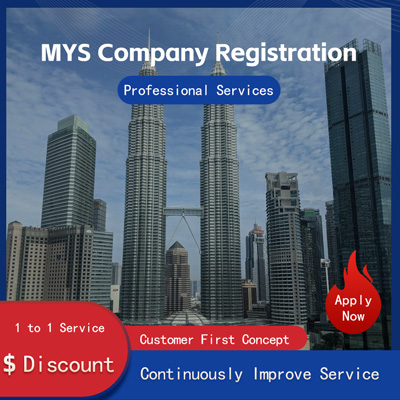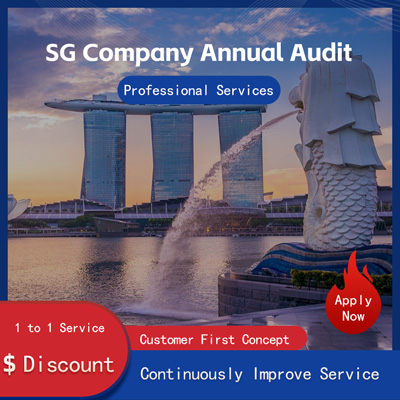
Hong Kong Company Cancellation Detailed Steps Before Liquidation
Hong Kong Company Liquidation A Detailed Guide to the Necessary Steps Before Dissolution
In the bustling commercial hub of Hong Kong, businesses often face the need to dissolve when they are no longer viable or when their owners decide to pursue other ventures. The process of liquidation is a critical step in winding up a company, ensuring that all legal obligations are met and assets are appropriately distributed. This article delves into the essential steps involved in the liquidation process for companies in Hong Kong, providing a comprehensive guide to ensure compliance and smooth operations.

The first crucial step in the liquidation process is appointing a liquidator. According to the Companies Ordinance Cap. 622 of Hong Kong, a liquidator can be a licensed insolvency practitioner, a member of the company, or any person appointed by the court. The primary role of the liquidator is to oversee the winding-up process, including collecting the company's assets, settling outstanding debts, and distributing any remaining assets to shareholders. Recent news reports have highlighted the importance of choosing an experienced liquidator, as this decision significantly impacts the efficiency and fairness of the liquidation process.
Once the liquidator is appointed, the next step involves notifying creditors and stakeholders about the company's intention to wind up. This notification must be published in the Hong Kong Gazette, the official journal of record for public announcements in Hong Kong. The Companies Registry also requires that all creditors and shareholders be informed through direct communication. This step is vital to ensure transparency and give all parties an opportunity to submit claims or voice concerns. Recent cases have shown that failing to notify creditors can lead to legal complications and disputes, underscoring the necessity of thorough communication.
Following the notification phase, the liquidator must conduct a detailed inventory of the company's assets and liabilities. This assessment includes evaluating both tangible and intangible assets, such as property, equipment, intellectual property, and outstanding receivables. Simultaneously, the liquidator must verify the company's debts, including outstanding payments to suppliers, loans, and employee entitlements. This step is critical for determining the company's financial health and ensuring that all obligations are settled before distributing any remaining assets. Recent examples from local business news emphasize the importance of accuracy in this stage, as errors can lead to legal challenges and reputational damage.
After completing the asset and liability assessment, the liquidator must settle the company's debts. This process involves negotiating with creditors to reach agreements on repayment terms or obtaining court approval for debt settlements. It is important to note that during this phase, the company must cease trading activities to avoid incurring new debts. Recent developments in bankruptcy law suggest that proactive negotiation with creditors can lead to more favorable outcomes, reducing the risk of legal action against the liquidator or the company.
Once all debts are settled, the liquidator proceeds to distribute the remaining assets among the shareholders. The distribution must follow the priority outlined in the company's articles of association or applicable laws. Typically, preferred shareholders receive their entitlements first, followed by common shareholders. In cases where assets are insufficient to cover all claims, the liquidator must adhere to the legal framework for equitable distribution. Recent case studies have illustrated the complexities of this stage, particularly when there are disputes over ownership or valuation of assets.
Throughout the liquidation process, maintaining accurate records is essential. The liquidator must prepare detailed reports at various stages, including the initial assessment, debt settlement, and final distribution. These reports are submitted to the Companies Registry and serve as official documentation of the liquidation process. Recent updates to regulatory requirements emphasize the importance of digital record-keeping, allowing for greater transparency and easier access for stakeholders.
Finally, upon completion of the liquidation process, the company must file a notice of dissolution with the Companies Registry. This notice marks the official end of the company's existence and removes it from the register of companies. Recent trends in corporate governance highlight the growing emphasis on timely filings to avoid penalties and maintain a clean corporate history.
In conclusion, the liquidation process in Hong Kong is a structured and regulated procedure designed to protect the interests of all parties involved. By following the necessary steps-appointing a liquidator, notifying creditors, assessing assets, settling debts, distributing assets, maintaining records, and filing for dissolution-companies can ensure a smooth transition to dissolution. As recent events have shown, adherence to these procedures not only complies with legal requirements but also enhances the reputation of the involved parties, facilitating future business endeavors.
Helpful (0)
No help (0)
Still have questions after reading? More than 98,000 users have contacted us. Please fill in the following information to obtain business information.

Service Scope
MoreRecommended for You
- Ningbo Firms Must Read Key Details for Smooth HK Company Deregistration
- How to Smoothly Deregister a Hong Kong Company? Reveal the Entire Process Tips for Agency Deregistration!
- A Guide to Expedited Deregistration of Hong Kong Companies by Anhui Enterprises!
- Shenzhen to HK Company Deregistration Are You Ready? Don't Wait Until Regret Forces Action!
- HK Company Voluntary Deregistration Process and Key Considerations Avoid Common Mistakes Easily!
- HK Company Deregistration Requirements A Complete Guide to Effortless Processing
- Serious Consequences of Compulsory Deregistration of HK Companies Do You Know?
- Hong Kong Sole Proprietorship Deregistration Guide Step-by-Step Process to Successfully Complete It
- Singapore Company Deregistration Key Points You Shouldn't Miss
- Can You Really Handle the Deregistration of a Singapore Pte Ltd on Your Own?
- Singapore Company Deregistration Guide Detailed Explanation of Procedures, Processes, and Key Considerations
- In-Depth Analysis of the Deregistration Process for Hong Kong-Interior Joint Ventures A Step-by-Step Guide to Completing the Final Step
- Hong Kong Company Deregistration Guide Essential Steps and Considerations
- How to Efficiently and Independently Deregister a Hong Kong Company A Comprehensive Analysis of the Deregistration Process and Key Considerations
- Key Proof Documents Required After Cancellation of HK Company
- The Truth Behind Hong Kong Business Deregistration Critical Decisions and Opportunities Before the Benchmark Date
- Analysis and Considerations for the Cancellation of a Hong Kong Company
- HK Company Cancellation What Are the Costs? You'll Know After Reading!
- Analysis of the Entire Process for Registration and Deregistration of Skincare Companies in Hong Kong
- How to Check Cancellation Information of a HK Company? Master These Details for Smooth Handling


 ONE
ONE








Customer Reviews
Small *** Table
December 12, 2024The experience was very good. I was still struggling to compare it with other companies. I went to the site a few days ago and wanted to implement it as soon as possible. I didn't expect that everything exceeded my expectations. The company is very large, with several hundred square meters. The employees are also dedicated and responsible. There is also a wall of certificates. I placed an order on the spot. It turned out that I did not make a wrong choice. The company's service attitude is very good and professional. The person who contacted me explained various things in detail in advance. After placing the order, the follow-up was also very timely, and they took the initiative to report the progress to me. In short, I am very satisfied and recommend this company!
Lin *** e
December 18, 2024When I first consulted customer service, they recommended an agent to me. They were very professional and patient and provided excellent service. They answered my questions as they came in. This 2-to-1 service model is very thoughtful. I had a lot of questions that I didn’t understand, and it’s not easy to register a company in Hong Kong. Fortunately, I have you.
t *** 7
December 19, 2024I originally thought that they only did mainland business, but I didn’t expect that they had been doing Hong Kong business and were doing very well. After the on-site interview, I decided to ask them to arrange the registration of my Hong Kong company. They helped me complete it very quickly and provided all the necessary information. The efficiency was awesome. It turns out that professional things should be done by professionals.👍
b *** 5
December 16, 2024In order to register a company in Hong Kong, I compared many platforms and stores and finally chose this store. The merchant said that they have been operating offline for more than 10 years and are indeed an old team of corporate services. The efficiency is first-class, and the customer service is also very professional.